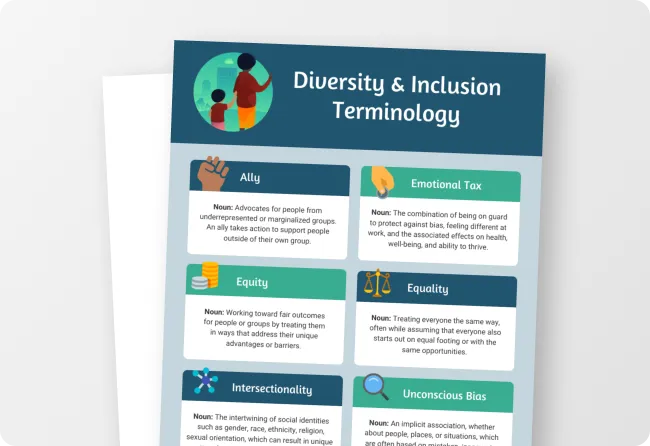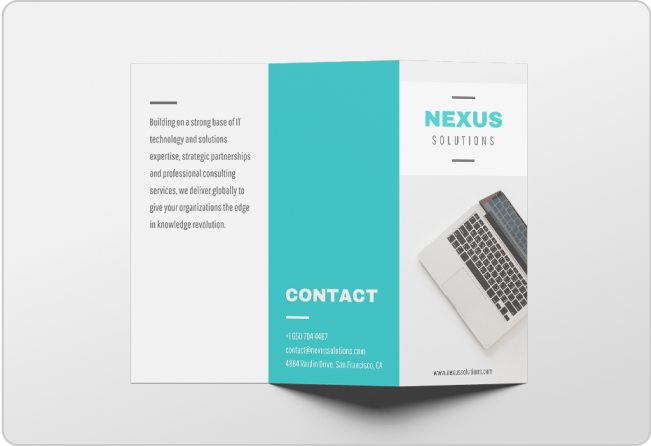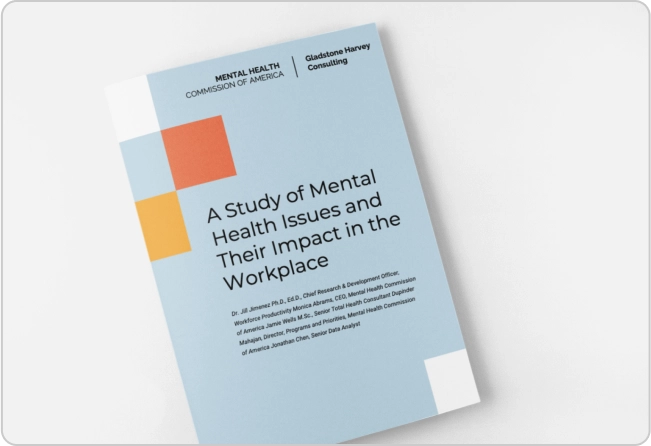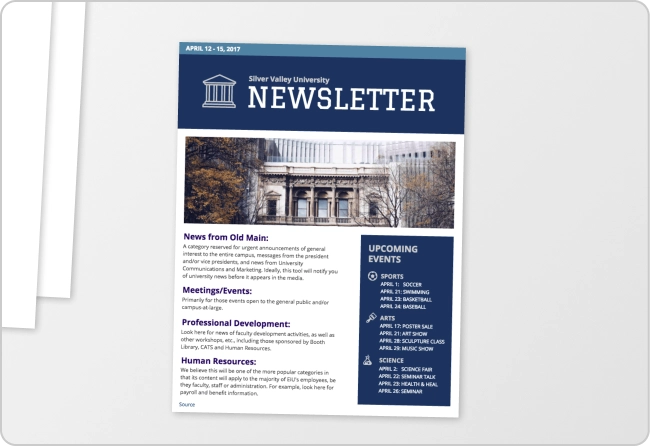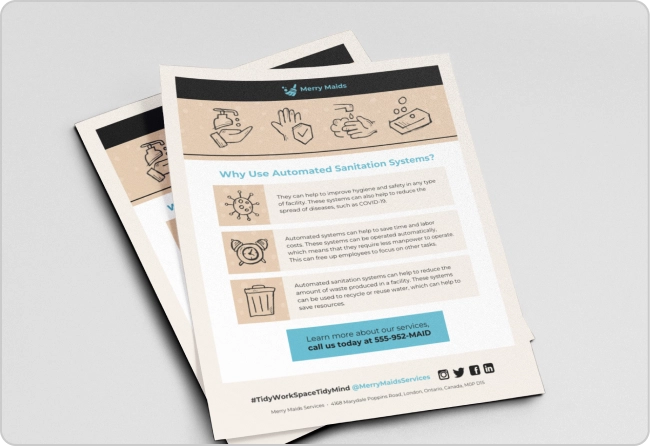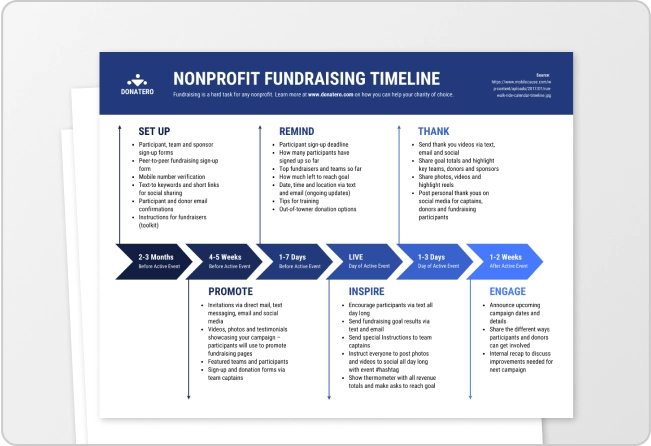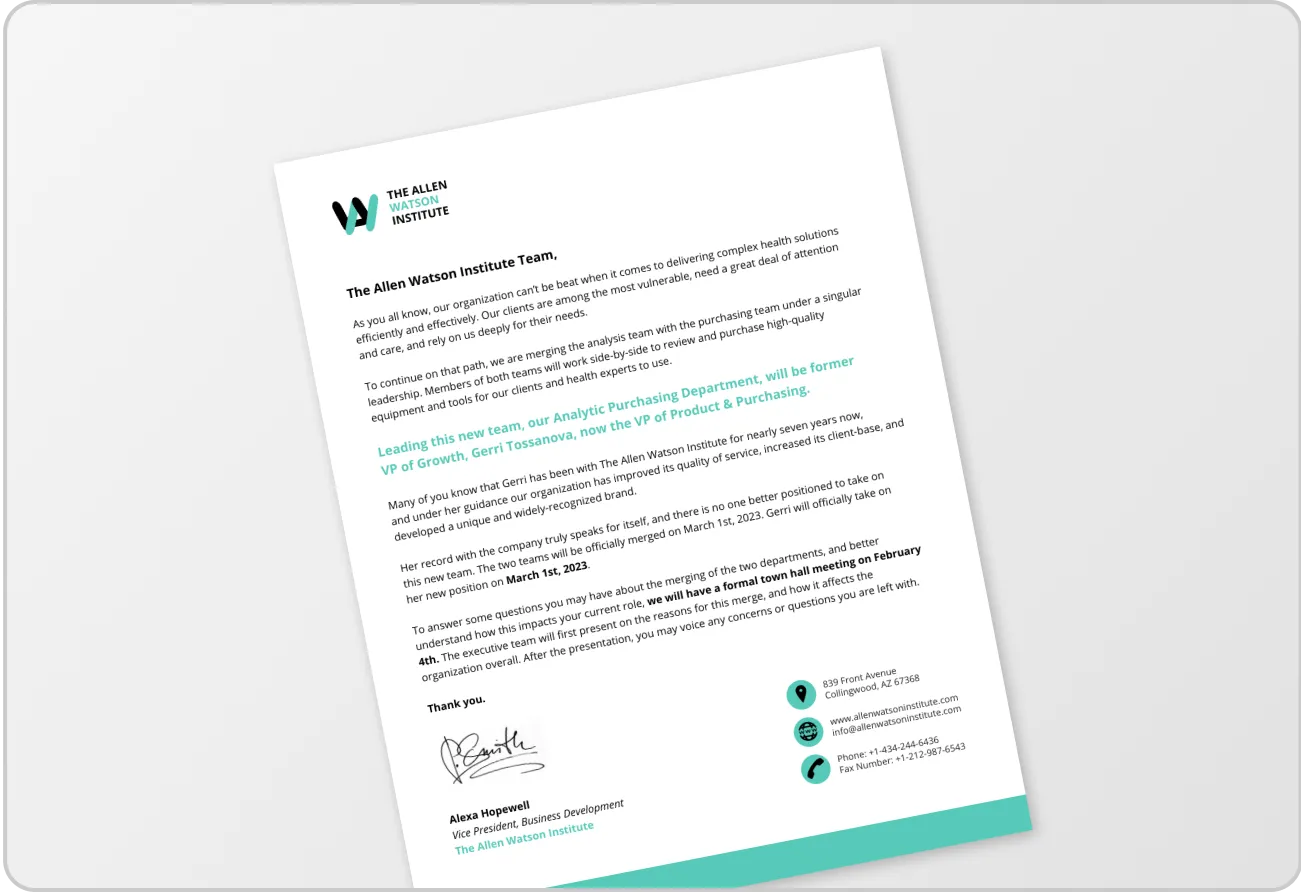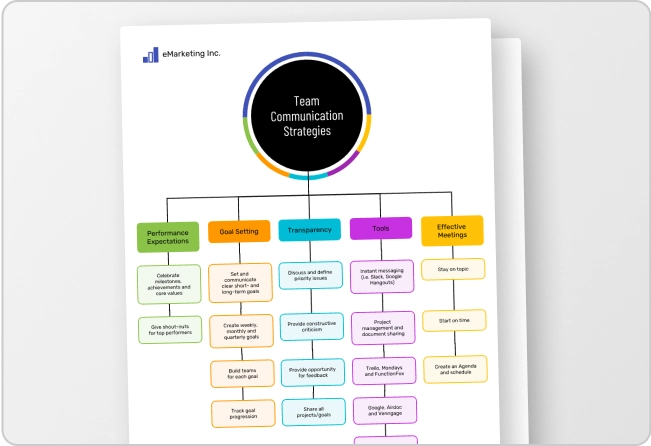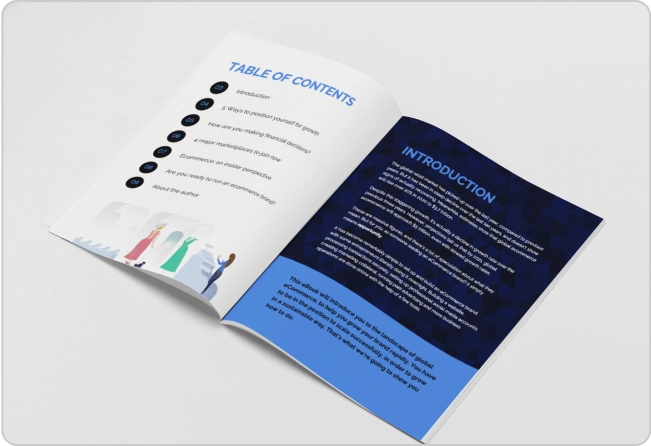
Brochures and pamphlets remain a quick, easy and inexpensive way to get your message across to new customers.
But people still tend to use the terms pamphlets and brochures interchangeably. Some even refer to these marketing materials as a brochure-pamphlet. However, they are not the same.
In this guide, we’ll explain the main differences between pamphlets and brochures, whether they have multiple pages or a single page, and how to use them.
Don’t know how to design a brochure or pamphlet? With the Venngage Brochure Maker, you can create attractive designs in minutes.
What is a brochure?
A brochure is a marketing tool designed to inform the reader about a company’s products, services, or for advertising local events, and even political campaigns.
This brochure example demonstrates why it’s one of the more popular print marketing products and useful for large-volume hand-outs. It includes in-depth information about a brand.
Brochures generally include more than one page to create sections. How many pages they require will depend on the amount of information you want to include.
Good marketing brochure design can boost sales for commercial and non-commercial ventures with a strong call-to-action.
Related: How to Make a Brochure
What is a booklet brochure used for?
A booklet brochure is used to share more detailed information than a standard pamphlet or tri-fold brochure can hold. For example, you can use a booklet brochure for event programs, product catalogs, or company profiles.
The outside page, like in this funeral brochure below, will act as an overview for the event.

The inside page of the booklet will share more details about the service.
Brochures are commonly used for direct mail marketing. Brochure printing is thus a necessary cost so that it can be handed over to the target audience.
Typically, a booklet brochure design requires multiple papers to print product or event descriptions.
This makes them an ideal marketing tool to grab audience attention. Additionally, images make the content easier to follow.
With Venngage, you can easily replace or add photos to your designs. Double click the image you want to change and search for a relevant image for your content to replace it.

Related: 35+ Marketing Brochure Examples, Tips and Templates
What is a pamphlet?
A pamphlet is a small print product that includes detailed information on a single subject or a specific event.
It is usually printed on a single sheet of paper with the text of the pamphlet on one page and an image or illustration on the opposite side.
A pamphlet can be used for advertising products or local businesses because it’s a quick and affordable way to spread awareness about a single subject, such as in the example below.
You can create pamphlets are usually for non-commercial or for marketing purposes.
You can still add branding elements to your pamplets to improve brand awareness. A Venngage business account gives you access to My Brand Kit so you can automatically import your branding into designs with a single click.

Related: How to Make a Pamphlet in 4 Steps [+ Examples, Tips & Templates]
What is a pamphlet used for?
A pamphlet is mainly used for spreading awareness around a topic or persuading people to take an action. For example, nonprofits use pamphlets to share health tips and businesses can distribute them at community events to introduce a new service.
Pamphlets are usually written by experts in their field and contain educational content. If the documents feature products or services, they become a brochure.
Whereas brochures focus on delivery and are self-contained documents, pamphlets focus on informative content and use images wherever possible to grab attention.
A pamphlet helps make the subject matter easier to understand, with the aim to inform rather than sell something, such as this example.
Related: 50+ Captivating Flyer Examples, Templates and Design Tips
What is the difference between a brochure and a pamphlet?
Here is a quick overview of brochure vs. pamphlet:
| Paramater | Pamphlet | Brochure |
| Key purpose | Used mainly for educational purposes and is written by experts | Helps promote products, services, and events |
| Length | Usually of 2-3 pages | Often has multiple pages or panels |
| Design | Simple design with more text than images | Has a mix of images, text, and graphics |
| Examples | Health advisories, political campaigns, educational guides | Product catalogs and travel guides |
What are the sizes of pamphlets and brochures?
Pamphlets and brochures have similar layouts and numbers of folds, which is why they are often confused with each other. Here are the common types and sizes used for both pamphlets and brochures.
Gatefold
A gatefold brochure is a type of booklet that is folded in half vertically, with the front cover on the left and the back cover on the right.
When folded, the left and right panels create the full image of the pamphlet’s cover.
Bi-fold
A bi-fold brochure is folded in half, with one side of the fold being visible and the other side of the fold being hidden, like in the example below.
A pamphlet and brochure can look like a bi-fold brochure that is folded in two. A bi-fold brochure is typically 14 inches x 22 inches in size with a thickness of about 3/16 inch or ⅛ inch.
Tri-fold
Tri-fold brochures and pamphlets are booklets with a three-folded cover and often have several pages.
They typically display company information, product or service details, and technical specifications on one side of the cover. On the flip side, you can see other advertisements or promos.
Tri-fold brochures are typically 8.5 inches x 5.5 inches in size, like the example below. Pamphlets are typically 8.5 inches x 3.5 inches.
Z-Fold
A Z-fold brochure has four pages that are attached to each other, so they can overlap and create a Z-shape when opened.
The first page is the front cover, the second page is the back cover, and each of the other two pages is a spread.
Pamphlets and brochures have two general types of Z-fold: single-sided and double-sided.
Z-fold brochures and pamphlets typically have a page length of 8.5 inches x 11 inches and a breadth of up to 24 inches.
Example use cases of brochures
Nature trifold brochure
While it doesn’t discuss a product or service by a company, this brochure does describe an environmentalist group’s mission, identity, and ways to receive aid.

Trendy real estate tri-fold brochure template
Easily hold your audience’s attention by using this brochure template. It’s a great balance of text and imagery that lays out the products or real estate you’re selling.

Example use cases of pamphlets
Colorful disease prevention informational pamphlet
Hospitals and health centers will find pamphlets helpful for informing the general public about new diseases. This layout is easy to edit and can be used for future information campaigns.
Disease prevention informational pamphlet template
If you’re running an information campaign about diseases, this pamphlet template is a great choice. You can even change the cover photo to a more relevant image.
FAQs
What is an infographic brochure?
An infographic brochure is a visual representation of an organization’s business goals and services. It takes the form of an infographic that can be used as promotional material.
They are effective because they are eye-catching and visually stimulating to the viewer. The visuals allow readers to understand concise and powerful messaging easily.
What is the format of a brochure?
Brochures are usually printed on text stock gloss paper. Some brochures are printed on rough paper because glossy paper isn’t always cost-effective.
The front of the brochure has a cover with the company information, company’s mission statement, and contact information. The inside of the brochure is divided into different sections.
What is in a brochure?
A brochure is a booklet, usually given to people as a direct promotion or marketing of a product or service.
It is often designed to be easily readable and attractive and includes photographs and graphics, plus slogans and ad copy.
What paper and finishes are used for pamphlets and brochures?
Pamphlets and brochures are usually printed on heavier paper stock for a more professional feel. Many printers also offer finishes like a clear coat for extra durability and shine.
How are pamphlets distributed today?
Today, pamphlets are commonly shared at events and trade shows, included as direct mail inserts, left in community centers and local businesses, or used as package inserts for customers. Marketers value pamphlets because they’re accessible and low-cost, making them an effective marketing channel.
Are pamphlets considered periodicals?
No. Pamphlets are non-periodical, meaning they’re created for a one-time purpose. Historically, pamphlets were used for spreading ideas quickly, from Civil War propaganda to religious movements. This makes pamphlets both practical marketing tools and culturally significant documents.
Do pamphlets require binding?
Pamphlets are typically single sheets folded into sections, which means they don’t require binding. On the contrary, brochures and booklets may need staples or stitching if they have multiple pages. This makes pamphlets a lighter, more flexible format for sharing information.
Use a mix of brochures and pamphlets for your marketing campaigns
You now understand the main difference between brochures and pamphlets and why you shouldn’t use the two words interchangeably.
Brochures are multi-paged materials, while pamphlets are printed as a single piece of paper. Despite their many similarities, these two types of direct-selling materials have different content and use cases.
To design effective brochures, pamphlets, and other types of design, you can start by creating a Venngage account, completely for free.
Use our brochure templates to create marketing materials and get more eyeballs on your business.




































